經(jīng)過一段時(shí)間的整理,本期將分享我認(rèn)為比較常規(guī)的100個(gè)實(shí)用函數(shù),這些函數(shù)大致可以分為六類,分別是統(tǒng)計(jì)匯總函數(shù)、數(shù)據(jù)清洗函數(shù)、數(shù)據(jù)篩選、繪圖與元素級(jí)運(yùn)算函數(shù)、時(shí)間序列函數(shù)和其他函數(shù)。
一、統(tǒng)計(jì)匯總函數(shù)數(shù)據(jù)分析過程中,必然要做一些數(shù)據(jù)的統(tǒng)計(jì)匯總工作,那么對(duì)于這一塊的數(shù)據(jù)運(yùn)算有哪些可用的函數(shù)可以幫助到我們呢?具體看如下幾張表。
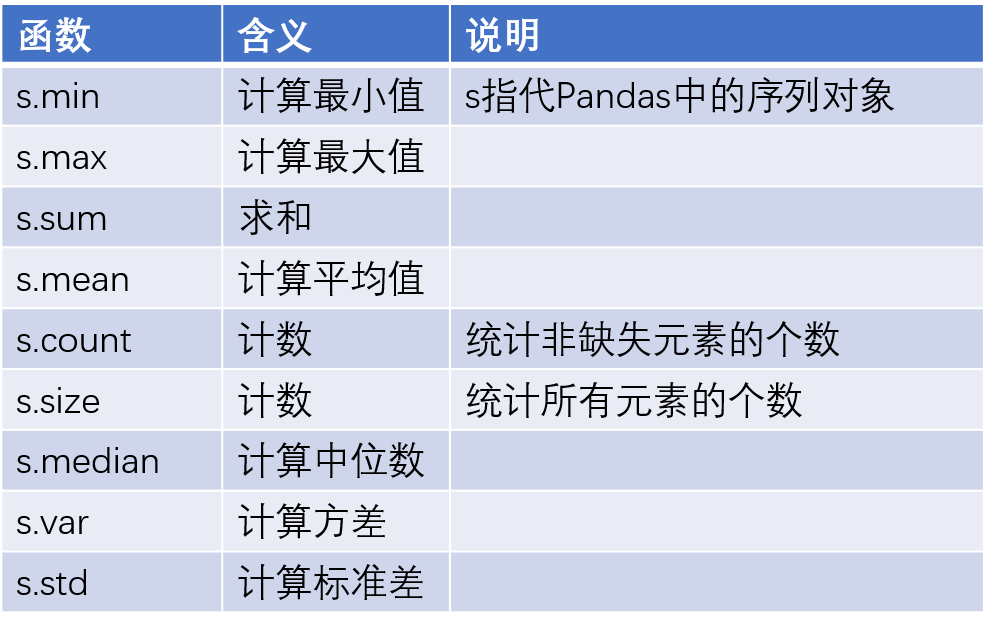
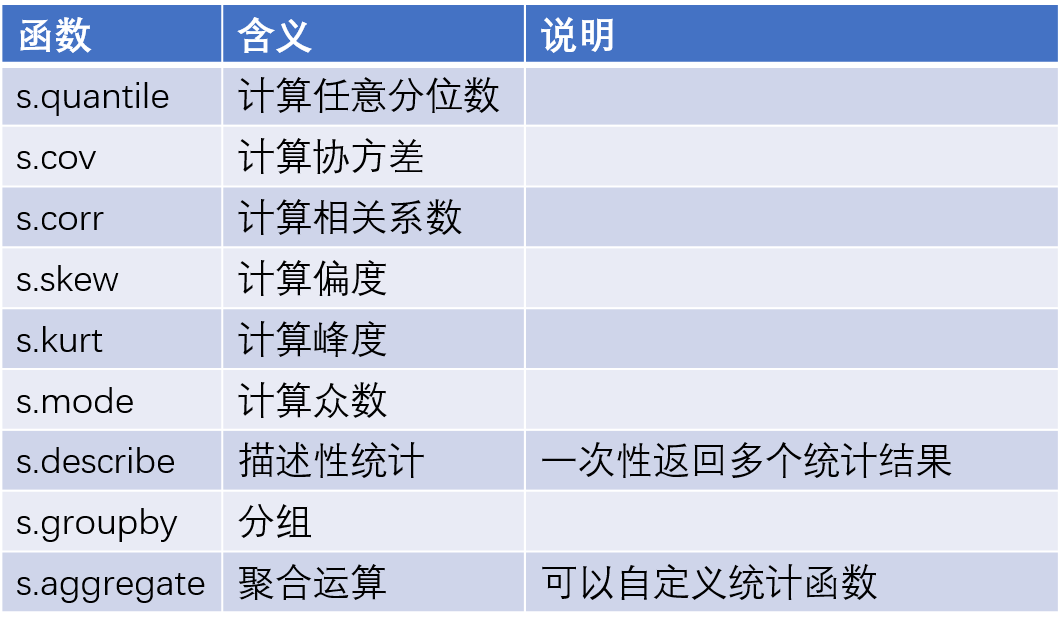
import pandas as pd import numpy as np x = pd.Series(np.random.normal(2,3,1000)) y = 3*x + 10 + pd.Series(np.random.normal(1,2,1000)) # 計(jì)算x與y的相關(guān)系數(shù) print(x.corr(y)) # 計(jì)算y的偏度 print(y.skew()) # 計(jì)算y的統(tǒng)計(jì)描述值 print(x.describe()) z = pd.Series([‘A’,‘B’,‘C’]).sample(n = 1000, replace = True) # 重新修改z的行索引 z.index = range(1000) # 按照z分組,統(tǒng)計(jì)y的組內(nèi)平均值 y.groupby(by = z).aggregate(np.mean)
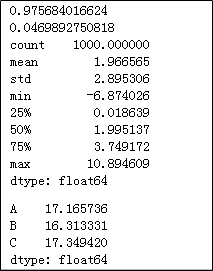
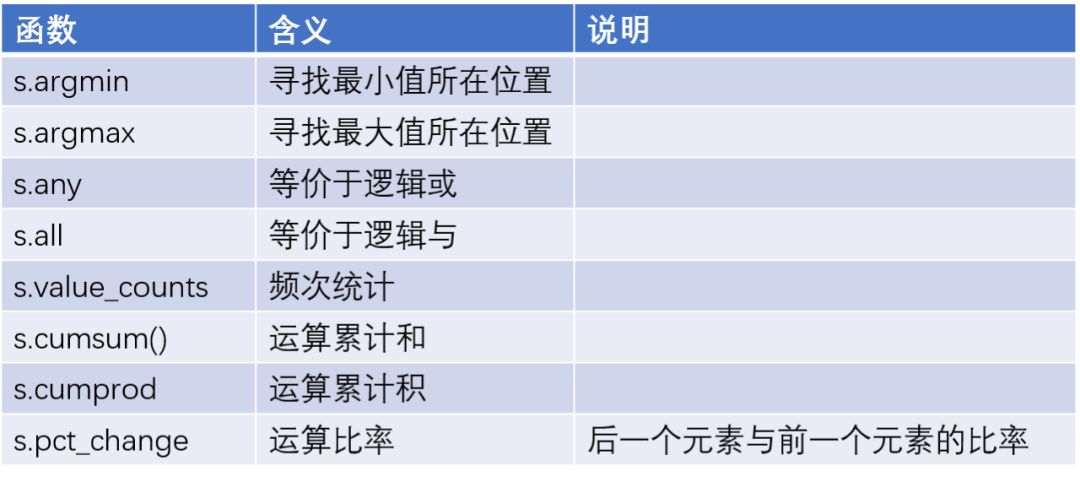
# 統(tǒng)計(jì)z中個(gè)元素的頻次 print(z.value_counts()) a = pd.Series([1,5,10,15,25,30]) # 計(jì)算a中各元素的累計(jì)百分比 print(a.cumsum() / a.cumsum()[a.size - 1])

二、數(shù)據(jù)清洗函數(shù)同樣,數(shù)據(jù)清洗工作也是必不可少的工作,在如下表格中羅列了常有的數(shù)據(jù)清洗的函數(shù)。
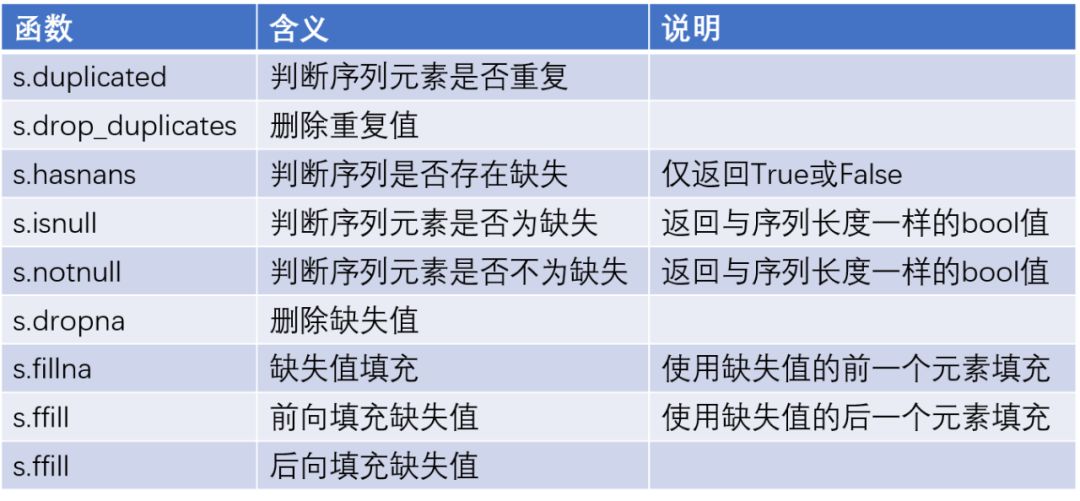
x = pd.Series([10,13,np.nan,17,28,19,33,np.nan,27]) #檢驗(yàn)序列中是否存在缺失值 print(x.hasnans) # 將缺失值填充為平均值 print(x.fillna(value = x.mean())) # 前向填充缺失值 print(x.ffill())

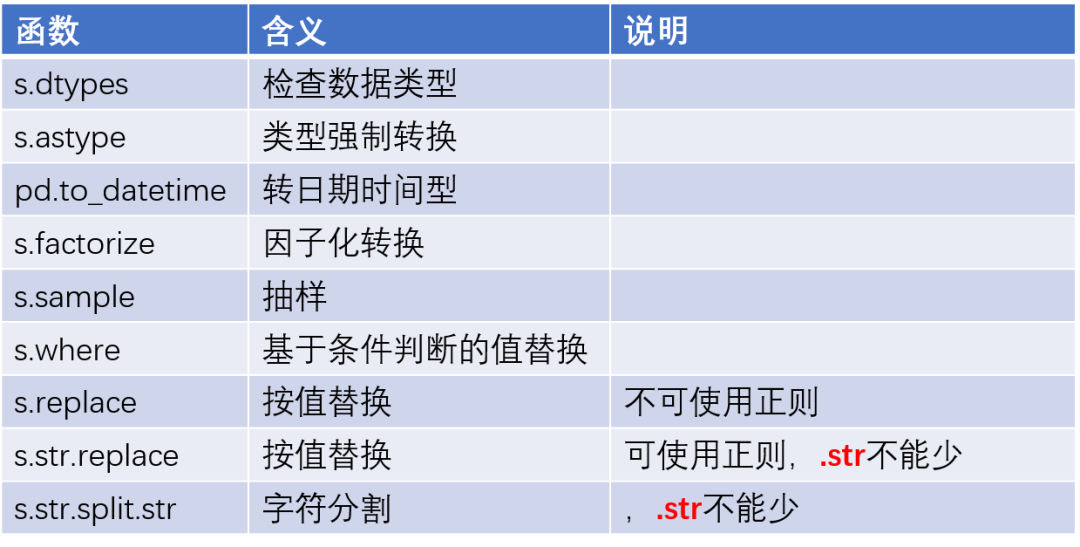
income = pd.Series([‘12500元’,‘8000元’,‘8500元’,‘15000元’,‘9000元’]) # 將收入轉(zhuǎn)換為整型 print(income.str[:-1].astype(int)) gender = pd.Series([‘男’,‘女’,‘女’,‘女’,‘男’,‘女’]) # 性別因子化處理 print(gender.factorize()) house = pd.Series([‘大寧金茂府 | 3室2廳 | 158.32平米 | 南 | 精裝’, ‘昌里花園 | 2室2廳 | 104.73平米 | 南 | 精裝’, ‘紡大小區(qū) | 3室1廳 | 68.38平米 | 南 | 簡(jiǎn)裝’]) # 取出二手房的面積,并轉(zhuǎn)換為浮點(diǎn)型 house.str.split(‘|’).str[2].str.strip().str[:-2].astype(float)
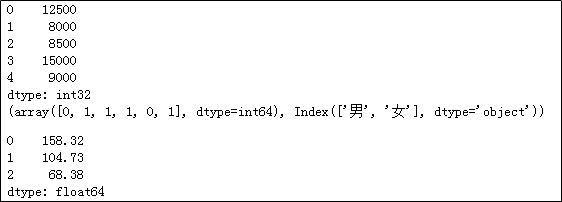
三、數(shù)據(jù)篩選數(shù)據(jù)分析中如需對(duì)變量中的數(shù)值做子集篩選時(shí),可以巧妙的使用下表中的幾個(gè)函數(shù),其中部分函數(shù)既可以使用在序列身上,也基本可以使用在數(shù)據(jù)框?qū)ο笾小?/p>

np.random.seed(1234) x = pd.Series(np.random.randint(10,20,10)) # 篩選出16以上的元素 print(x.loc[x 》 16]) print(x.compress(x 》 16)) # 篩選出13~16之間的元素 print(x[x.between(13,16)]) # 取出最大的三個(gè)元素 print(x.nlargest(3)) y = pd.Series([‘ID:1 name:張三 age:24 income:13500’, ‘ID:2 name:李四 age:27 income:25000’, ‘ID:3 name:王二 age:21 income:8000’]) # 取出年齡,并轉(zhuǎn)換為整數(shù) print(y.str.findall(‘a(chǎn)ge:(d+)’).str[0].astype(int))
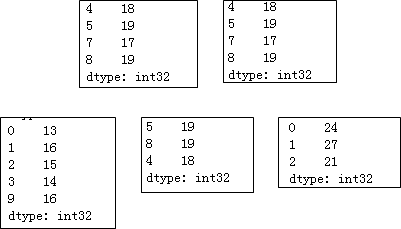
四、繪圖與元素級(jí)函數(shù)

np.random.seed(123) import matplotlib.pyplot as plt x = pd.Series(np.random.normal(10,3,1000)) # 繪制x直方圖 x.hist() # 顯示圖形 plt.show() # 繪制x的箱線圖 x.plot(kind=‘box’) plt.show() installs = pd.Series([‘1280萬’,‘6.7億’,‘2488萬’,‘1892萬’,‘9877’,‘9877萬’,‘1.2億’]) # 將安裝量統(tǒng)一更改為“萬”的單位 def transform(x): if x.find(‘億’) != -1: res = float(x[:-1])*10000 elif x.find(‘萬’) != -1: res = float(x[:-1]) else: res = float(x)/10000 return res installs.apply(transform)
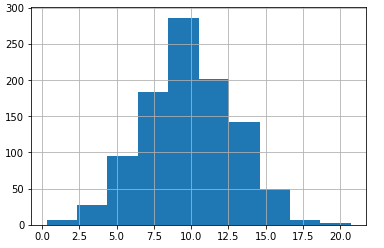
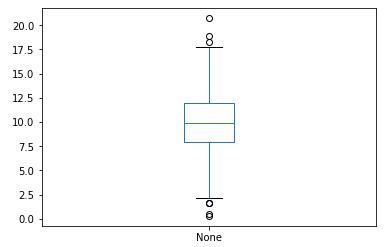
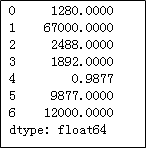
五、時(shí)間序列函數(shù)
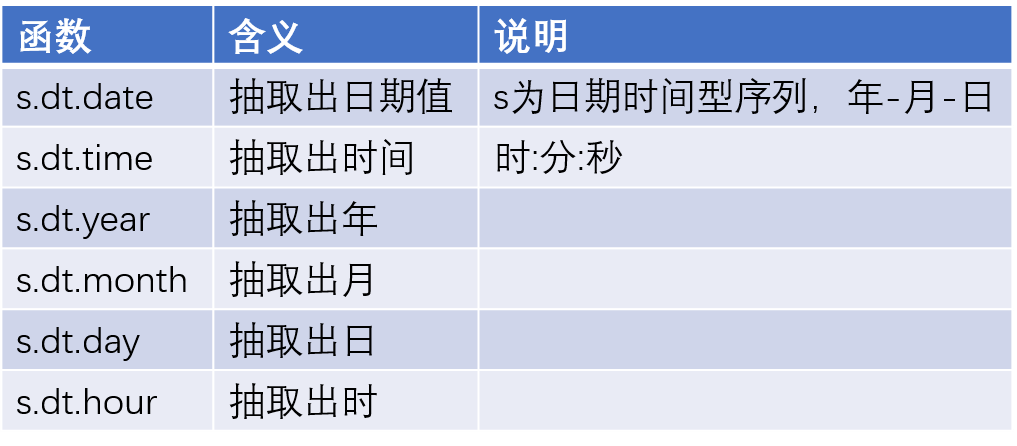
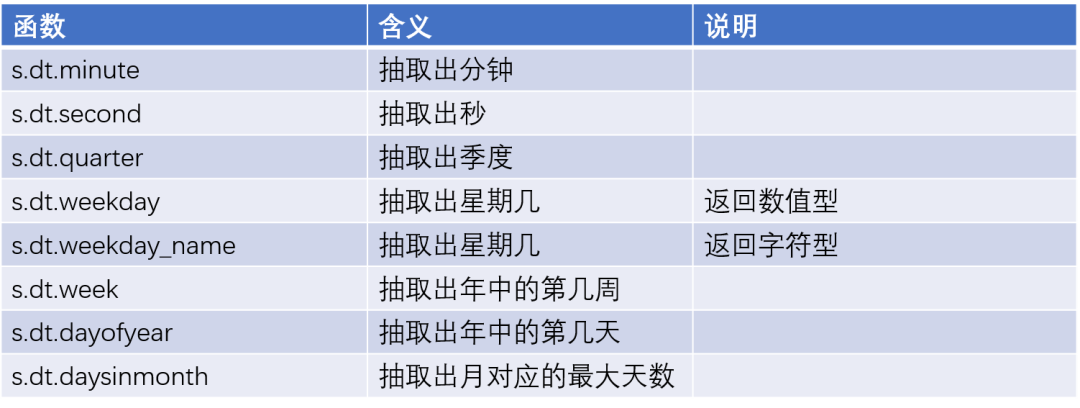
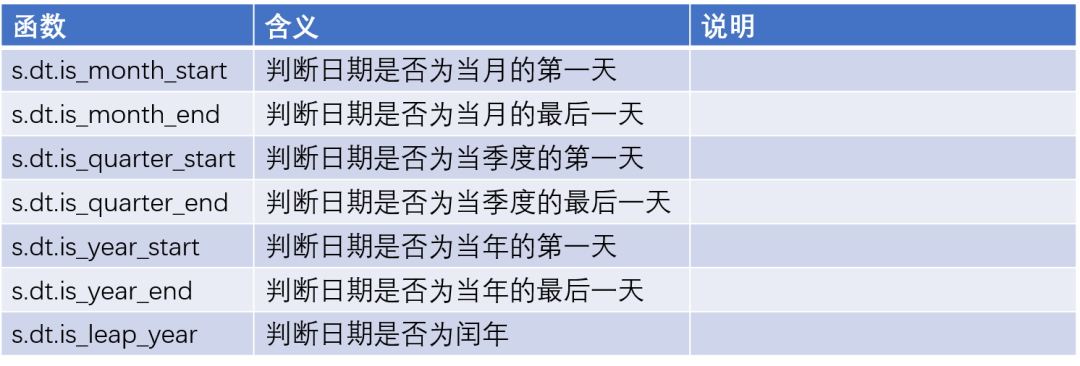
六、其他函數(shù)
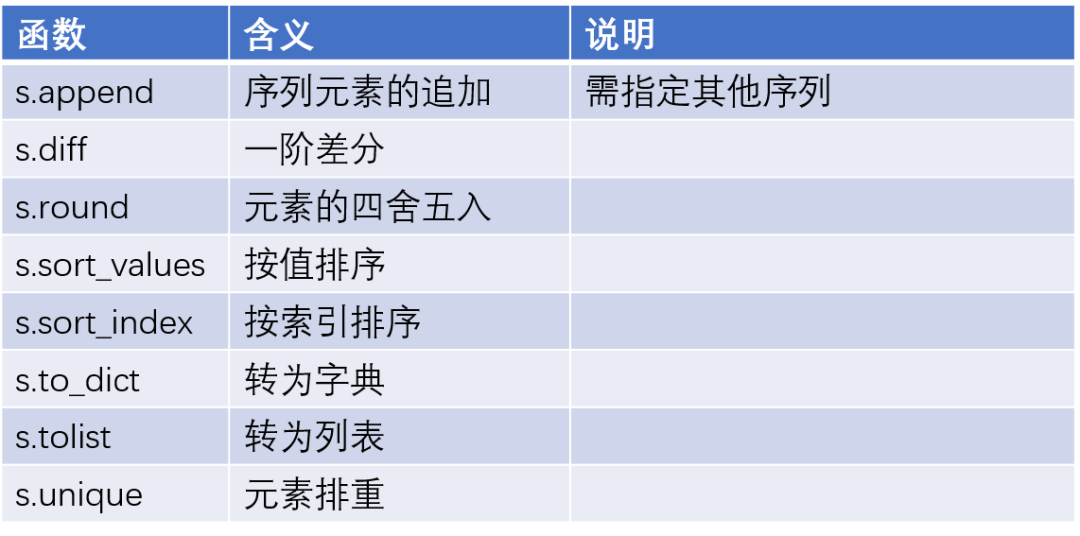
import numpy as np import pandas as pd np.random.seed(112) x = pd.Series(np.random.randint(8,18,6)) print(x) # 對(duì)x中的元素做一階差分 print(x.diff()) # 對(duì)x中的元素做降序處理 print(x.sort_values(ascending = False)) y = pd.Series(np.random.randint(8,16,100)) # 將y中的元素做排重處理,并轉(zhuǎn)換為列表對(duì)象 y.unique().tolist()
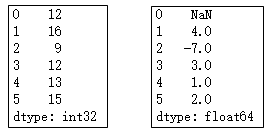

原文標(biāo)題:100 個(gè) pandas 數(shù)據(jù)分析函數(shù)總結(jié)
文章出處:【微信公眾號(hào):數(shù)據(jù)分析與開發(fā)】歡迎添加關(guān)注!文章轉(zhuǎn)載請(qǐng)注明出處。
責(zé)任編輯:haq
-
函數(shù)
+關(guān)注
關(guān)注
3文章
4306瀏覽量
62430
原文標(biāo)題:100 個(gè) pandas 數(shù)據(jù)分析函數(shù)總結(jié)
文章出處:【微信號(hào):DBDevs,微信公眾號(hào):數(shù)據(jù)分析與開發(fā)】歡迎添加關(guān)注!文章轉(zhuǎn)載請(qǐng)注明出處。
發(fā)布評(píng)論請(qǐng)先 登錄
相關(guān)推薦
RAPIDS cuDF將pandas提速近150倍

常用SQL函數(shù)及其用法
labview常用的基本函數(shù)
labview中常用的字符串函數(shù)有哪些?
簡(jiǎn)述socket編程中的常用函數(shù)
MATLAB信號(hào)處理常用函數(shù)詳解
回調(diào)函數(shù)(callback)是什么?回調(diào)函數(shù)的實(shí)現(xiàn)方法
Python利用pandas讀寫Excel文件

if函數(shù)三個(gè)條件怎么填
vlookup函數(shù)的使用方法兩個(gè)表匹配
使用pandas進(jìn)行數(shù)據(jù)選擇和過濾的基本技術(shù)和函數(shù)
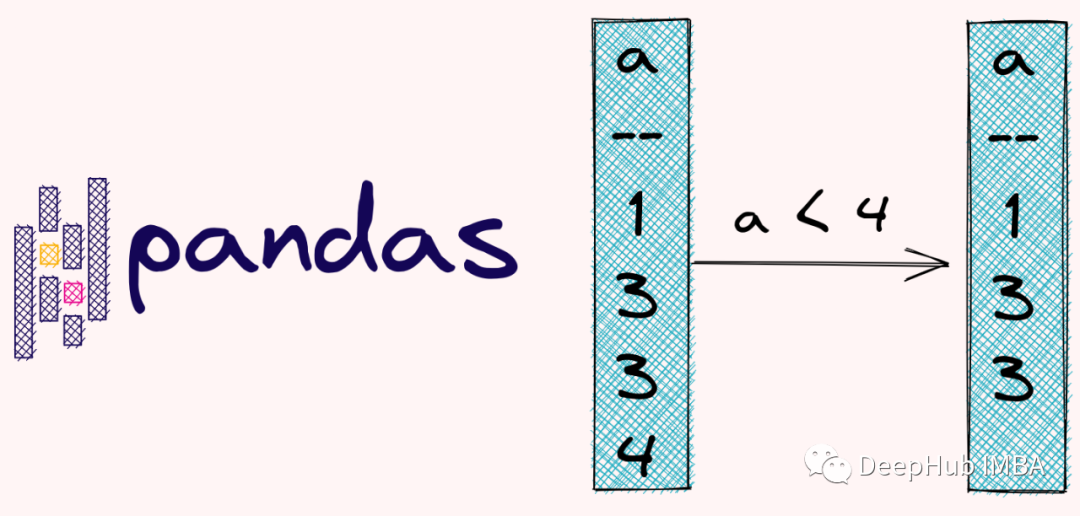
vlookup函數(shù)的使用方法
sumif函數(shù)三個(gè)條件怎么填
HAL庫(kù)常用函數(shù)匯總





 盤點(diǎn)Pandas的100個(gè)常用函數(shù)
盤點(diǎn)Pandas的100個(gè)常用函數(shù)











評(píng)論